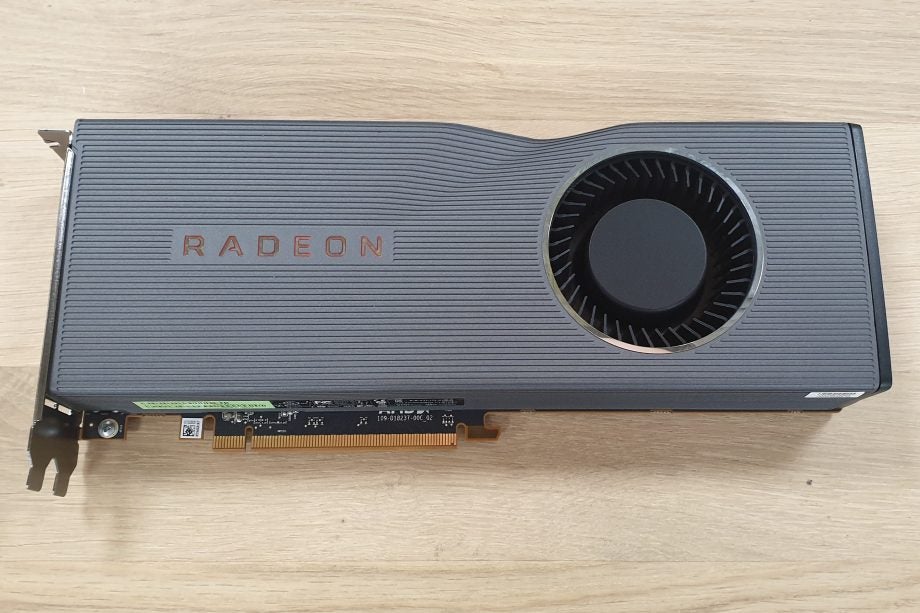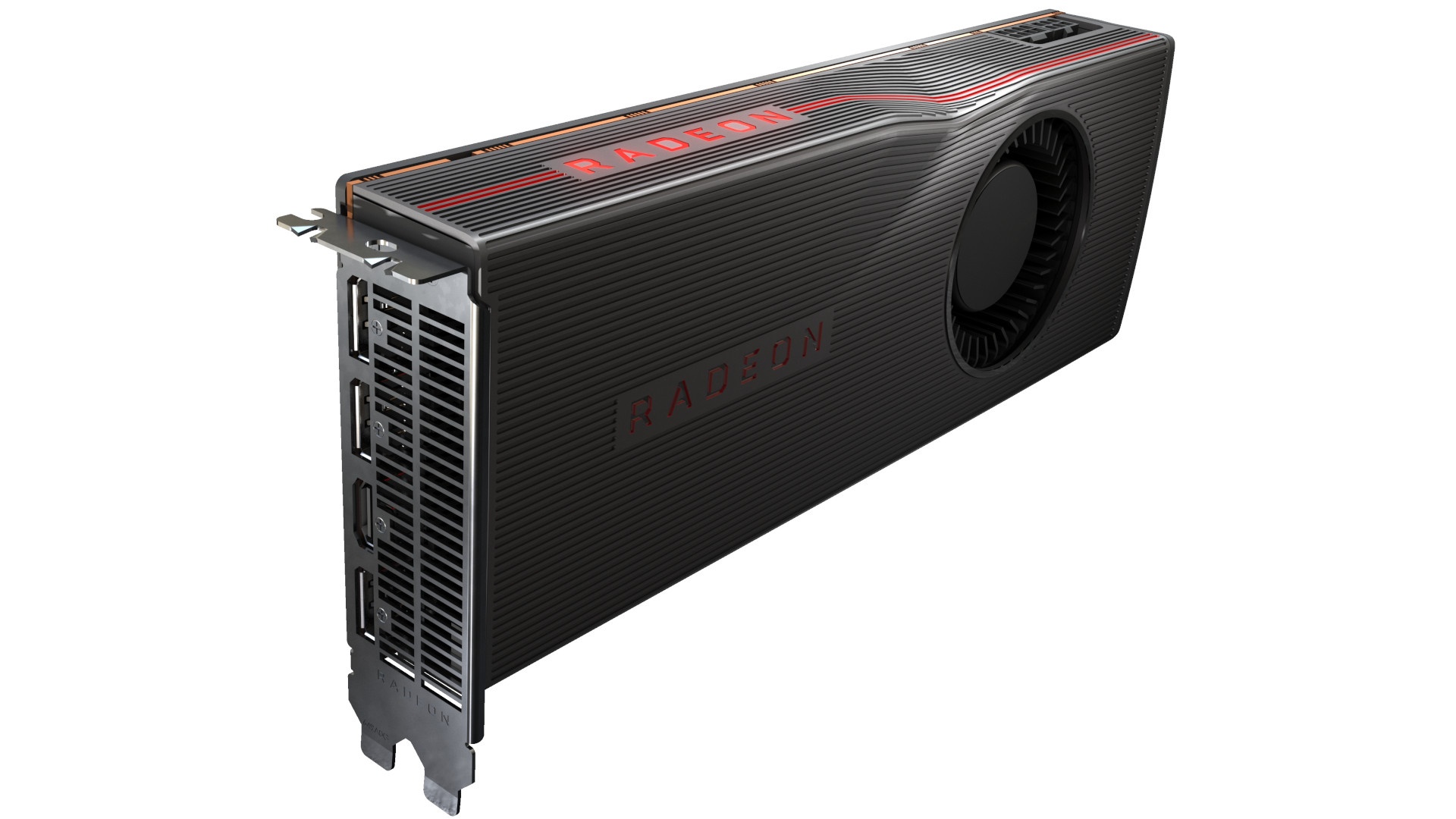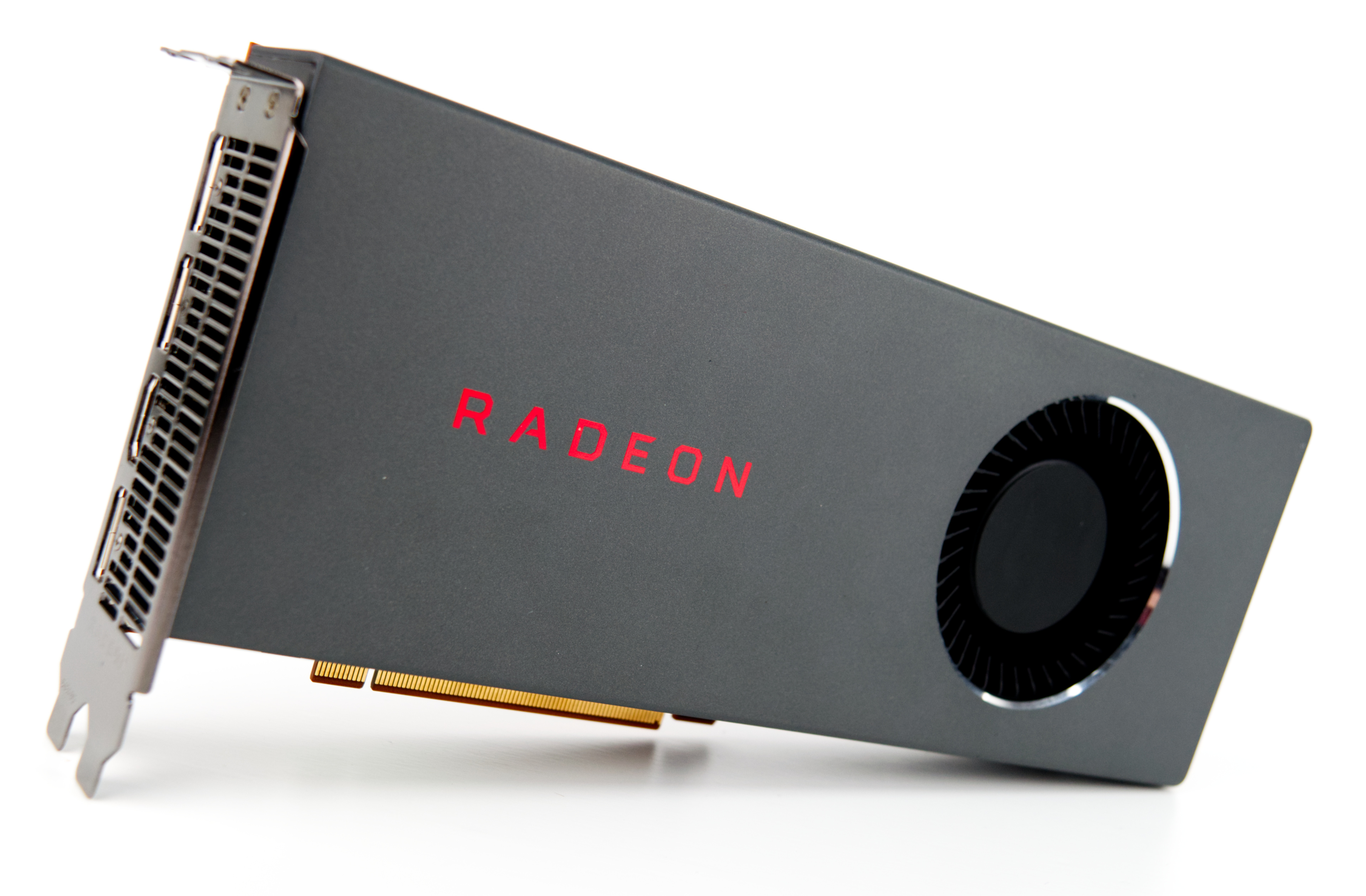

The RX 5700 series aren’t flagship-level cards, but make no mistake: for AMD they’re still as important as any flagship launch.ĪMD’s Radeon DNA (RDNA) architecture, in turn, is an interesting development. For AMD, this launch gets their incredibly important RDNA architecture out the door to its first users, all the while renewing their competitiveness in the midrange market. For consumers, this is the first series of high-volume video cards built on a 7nm process, pushing performance up and prices down at a time where video card pricing has been sluggish improve. (This card will be a footnote for today’s article, as it’s a limited-edition card that AMD isn’t sampling) AMD Radeon RX Series Specification Comparisonįor both gamers and AMD, the launch of the RX 5700 is an important one – and likely to be the most significant video card launch of the year. Finally, AMD is also launching their own “Anniversary Edition” version of the 5700 XT, which features a factory overclock and will sell for $449. Meanwhile, for the slightly more budget conscious, we have the $349 Radeon RX 5700 (vanilla), a cut-down Navi 10 card that gives up some performance for lower pricing and lower power consumption. At $399 we have AMD’s new class-leading Radeon RX 5700 XT, which is a full-fledged Navi 10 card with all the trimmings.

And, while Navi 10 is not AMD’s first 7nm GPU – an honor the Radeon VII and its Vega 20 beat it to – it’s the first 7nm GPU that you’re actually going to want to pay attention to.Īltogether, AMD is rolling out two(ish) cards today. These parts are, in turn, based on AMD’s Navi 10 GPU, which is the first GPU using the company’s new RDNA architecture. Aimed at what these days is the midrange segment of the video card market, AMD is looking to carve out a new place for the company in the hearts of gamers who are looking for high performance video cards that won’t break the bank. Getting down to business then, today is the launch of AMD’s next generation of video cards, the Radeon RX 5700 series. AMD has a lot that they want to do in the video card space, and riding high on their success with Zen the company’s ambition is once again palpable. So we’ve been waiting for this moment for some time now, to test AMD’s claims about power, performance, and features, and see how they translate into real-world gaming performance.

Rather than hold anything back, AMD came to E3 with everything front-loaded: specifications, prices, architectural details everything except a pile of cards to sell. AMD announced their video cards almost a month ago at an epic ( ed: that’s EPYC) E3 event, taking the wraps off of both their new CPUs and GPUs. I’m not sure there’s anything traditional about an AMD video card launch at this point, but today’s launch is about as non-traditional as they come, right on down to the Sunday launch date. However, at some point all the showmanship must come to an end and the cards will fall where they may: launch day is upon us for AMD’s Radeon RX 5700 series and RDNA GPU architecture. The run-up to the launch of AMD’s new Radeon RX 5700 series of video cards has been a dynamic and memorable time, and a very fitting outcome for a family of cards named after AMD’s legendary Radeon HD 5700 series. There have been teasers, press conferences, architectural announcements, and pricing games all around – and all before the first card has even shipped.


 0 kommentar(er)
0 kommentar(er)
